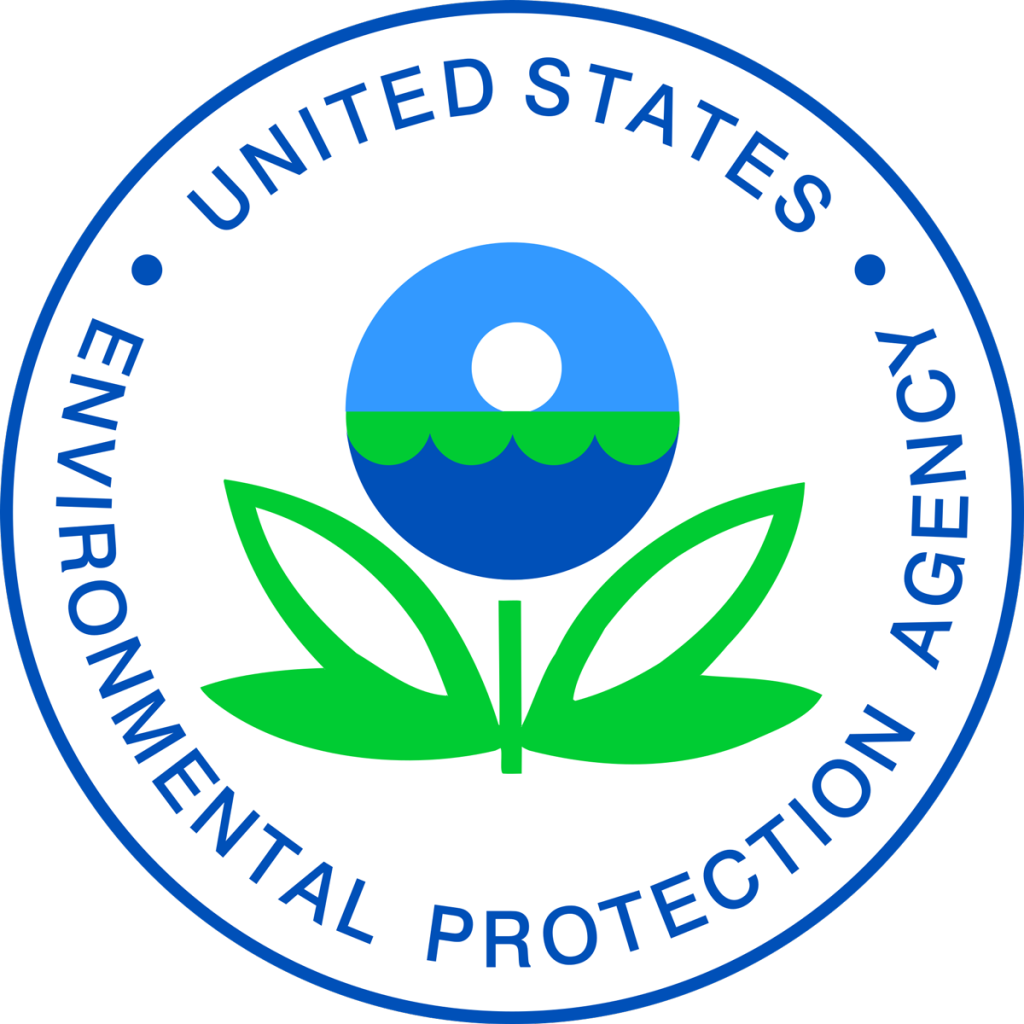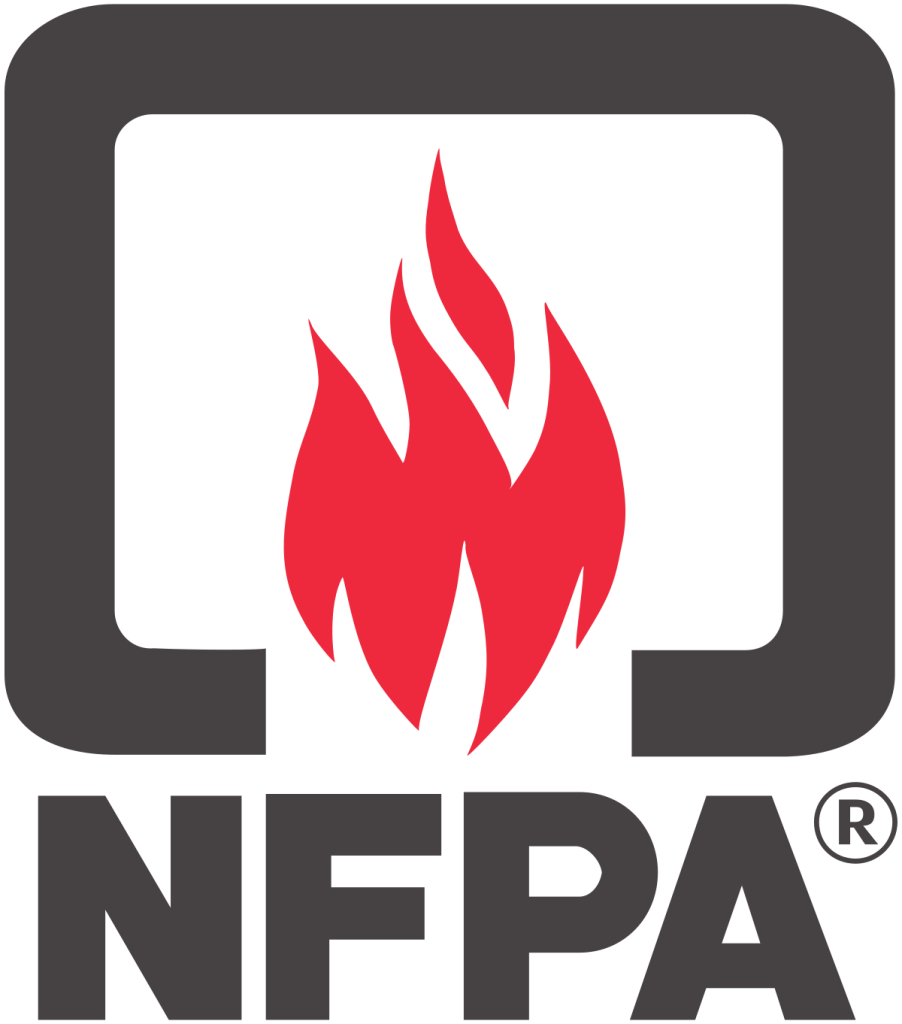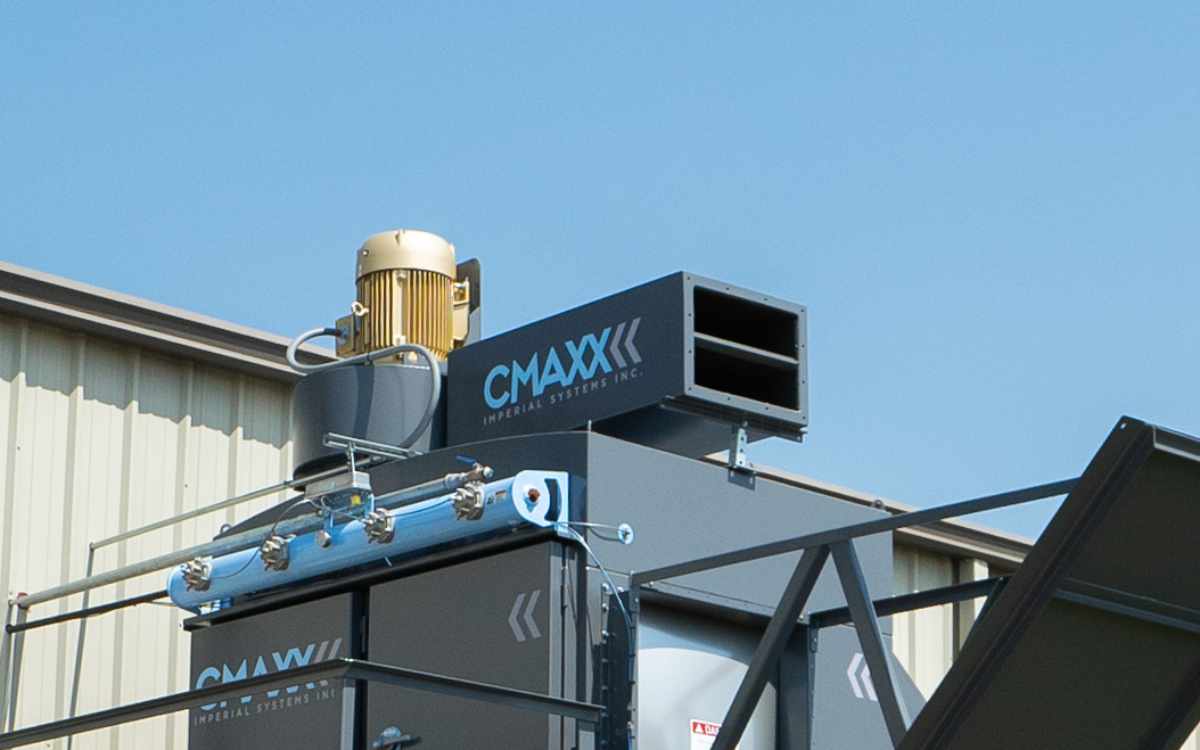Dangerous and combustible dusts pose a threat to various industries and businesses. These dusts can be found in facilities handling metal, wood, grain, aggregate, and much more. So, to ensure the safety of residents and workers, regulatory organizations oversee the presence and removal of dangerous dusts in these types of applications. Here are the major regulatory agencies and organizations that protect everyone from dust and fumes:
OSHA
The Occupational Safety and Health Administration (OSHA) is the primary regulatory agency under the United States Department of Labor. It works to enforce worker safety in a variety of industries. OSHA regulates hazardous dust to ensure the health and well-being of workers. To that end, the agency has issued a Permissible Exposure Limit (PEL) depending on the amount of particulate per meter of air over eight hours. Consequently, companies working in any industry must not exceed the PEL set forth by OSHA. Thus, if a workplace is unsafe for the individuals who work there, OSHA will intervene to improve worker safety. In cases that involve hazardous dust or fumes, OSHA enforces requirements for proper dust collection to be put in place. They also have the right to fine companies who do not comply.
 In 2008, OSHA launched the National Emphasis Program (NEP) in response to dust explosions that had occurred in the years prior. The NEP’s goal is to reduce the number of dust explosions and the severity of those that do occur. The program includes targeted inspections, outreach and education efforts, and enforcement of applicable regulations and standards.
In 2008, OSHA launched the National Emphasis Program (NEP) in response to dust explosions that had occurred in the years prior. The NEP’s goal is to reduce the number of dust explosions and the severity of those that do occur. The program includes targeted inspections, outreach and education efforts, and enforcement of applicable regulations and standards.
In February 2020, OSHA added Section IV, Chapter 6 to the OSHA Technical Manual. This additional chapter discusses the regulations and abatement of combustible dust in the workplace. Under this added chapter, employers need to ensure the proper removal and disposal of combustible dust. This applies to any indoor area to keep workers and property safe from harm.
EPA
 The Environmental Protection Agency (EPA) is responsible for regulating certain types of hazardous air pollutants (HAPs), including those generated by the combustion of certain dusts. The role of this regulatory agency in controlling combustible dust hazards is primarily through the implementation of the Clean Air Act (CAA) and its associated regulations.
The Environmental Protection Agency (EPA) is responsible for regulating certain types of hazardous air pollutants (HAPs), including those generated by the combustion of certain dusts. The role of this regulatory agency in controlling combustible dust hazards is primarily through the implementation of the Clean Air Act (CAA) and its associated regulations.
Under the CAA, the EPA has the authority to regulate HAPs that are released into the atmosphere from various sources. This includes industrial facilities and processes that generate or handle combustible dusts. The EPA sets National Emission Standards for Hazardous Air Pollutants (NESHAPs) to control emissions from these sources. Further, it ensures that they do not pose a risk to public health or the environment.
The EPA also provides guidance and resources to help facilities comply with the CAA and NESHAPs. This includes best practices for managing and controlling combustible dusts, recommendations for dust collection and control equipment, and information on potential alternatives to the use of combustible materials.
NFPA & AHJ
 The National Fire Prevention Agency is a nonprofit organization that works to prevent injury, death, and damage caused by fire. The NFPA is another regulatory agency that develops and publishes codes and standards related to fire safety. This includes the Standard on Combustible Dust, NFPA 652. It provides guidelines for the management and control of combustible dust in the workplace.
The National Fire Prevention Agency is a nonprofit organization that works to prevent injury, death, and damage caused by fire. The NFPA is another regulatory agency that develops and publishes codes and standards related to fire safety. This includes the Standard on Combustible Dust, NFPA 652. It provides guidelines for the management and control of combustible dust in the workplace.
The NFPA may work with an Authority Having Jurisdiction (AHJ), such as a local fire department or building code official, to enforce its regulations. If the hazardous dust in the workplace is flammable, the NFPA can provide a risk assessment and advise on the proper steps to make the workplace safer. All companies must meet NFPA regulations to ensure the safety of people and property. The AHJ has the authority to shut down production and delay labor until NFPA regulations are met.
Insurance Company Requirements and Regulatory Agencies
It is in the best interest of insurance providers to make sure that the businesses they insure are safe. Insurance companies may place certain requirements and regulations on a business to ensure that a company is doing everything it can to provide a safe environment for both people and property. Insurance companies may require dust removal as part of their coverage requirements and may require compliance with NFPA regulations to receive full coverage.
Ensure Worker Safety with Imperial Systems
Imperial Systems is the industry leader in the removal of dangerous dust and fumes. Our team of dust collection professionals is ready to help you understand the rules of regulatory agencies and the measures needed at your facility to keep your employees safe. We can design a full turnkey solution to keep your business safe, healthy, and NFPA compliant.


